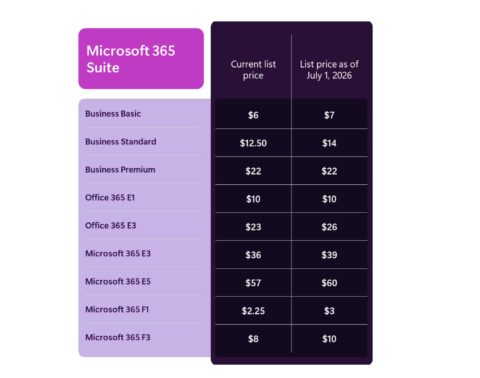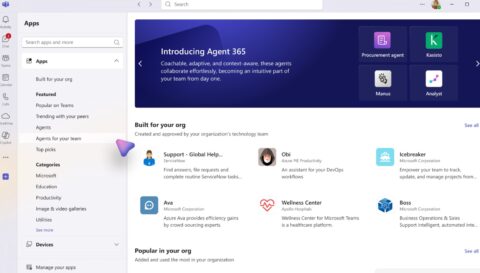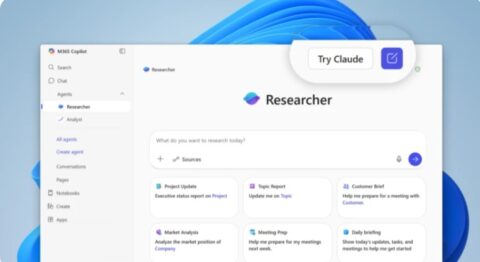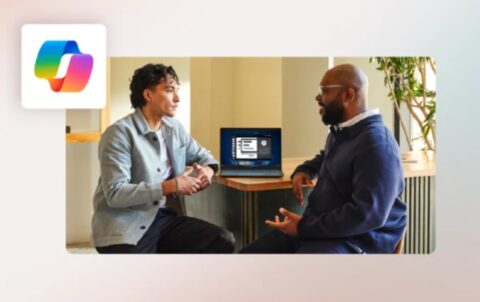June 26, 2025
BlogMicrosoft Tries to Sweeten the Windows 11 Pot Ahead of Windows 10 Support Cut-Off

Microsoft is increasing its campaign to give Windows 10 customers a safe exit strategy before it cuts off support (and specifically security updates) for that OS version in October 2025. Microsoft is doing this in two ways: By trying to get more individuals to sign up for Windows 10 Extended Security Updates (ESUs) and by going public with more details of how it plans to make Windows 11 more secure — and hopefully more compelling.
With less than four months to go before the end of Windows 10 support on Oct. 14, 2025, Windows 11 adoption remains lackluster. Most independent estimates claim as many as half or more of all Windows PCs are still on Windows 10. Some of these users just don’t like Windows 11; others cannot install it because their older PCs do not meet the hardware requirements. And unsupported Windows 10 PCs will make the overall Windows ecosystem less secure by making endpoints vulnerable to attacks.
Individuals Get More Windows 10 ESU Options
Earlier this week, Microsoft announced it would give users a couple of additional ways to get one year of extended support for Windows 10, enabling them to keep getting important security updates beyond Oct. 2025.
Enterprises already can enroll in the Windows 10 ESU program via a Microsoft Volume Licensing program. They also will get the option to purchase ESUs from Cloud Service Providers starting Sept. 1.
As previously announced, Microsoft is charging commercial customers USD $61 per device for Windows 10 ESUs for the first year, with the price doubling in Years 2 and 3. Microsoft is charging educational institutions USD$1 per device for Windows 10 ESUs for Year 1, with the price doubling in Years 2 and 3. The only way Windows 10 commercial customers can get Windows 10 ESUs for no additional charge for three years beyond the Oct. 2025 cut-off is to subscribe to Windows 365 and use it from a Windows 10 device locally or run a Windows 10 instance in an Azure Virtual Desktop.
Individuals/consumers running Windows 10 have a couple of new options to get ESUs. In addition to the already announced $30 USD single-year ESU option, Microsoft will allow individuals to redeem 1,000 Microsoft Rewards points to pay for the one-year ESU for Windows 10 or use Windows Backup to sync their settings to the cloud and get the one-year ESU for free. Starting in July, customers will see these new ESU options via an enrollment wizard that will be available via notifications and in Settings on their personal Windows 10 PCs.
Microsoft announced in May that it was extending the period during which it would provide security updates for Microsoft 365 apps running on personal and commercial Windows 10 PCs through Oct. 10, 2028. They also will get feature updates for Microsoft 365 apps through August 2026, Microsoft officials said.
Making Windows 11 More Resilient
Microsoft also provided more specifics this week around its Windows Resiliency Initiative, which it announced last year. One of the biggest changes, which Microsoft will begin testing in private preview among select security vendors in July, is moving antivirus and endpoint detection and response (EDR) apps out of the Windows kernel. Microsoft has been working with a variety of security vendors to head off update meltdowns like the one from CrowdStrike that hit millions of Windows machines worldwide last year. It’s not clear when these changes will make their way to Windows 11 customers
Microsoft also is planning to make available later this summer a new Quick Machine Recovery feature that is meant to help organizations quickly restore machines that cannot boot. Microsoft said the QMR feature will be generally available to all Windows 11 24H2 devices starting this summer. And as part of that summer update, Microsoft also will be replacing the Blue Screen of Death with a new Black Screen of Death that will provide clearer information on the screen about issues requiring reboots.
In addition, Microsoft is rolling out “in the coming weeks” a feature called Connected Cache that is meant to help organizations improve bandwidth when upgrading to Windows 11, handling Windows Autopilot device provisioning, performing Intune application installations and incorporating Autopatch monthly updates.
Microsoft also announced recently plans to clean up legacy drivers that Windows Update pushes to users’ devices when installing updates. Microsoft is making the change to reduce security and compatibility risks, officials said.
Related Resources
More Options for Windows 10 ESUs
How to Enable Extended Security Updates for Windows 10
Update on the Windows Resiliency Initiative
Windows Resiliency Initiative Will Affect Windows and Anti-Malware (Directions members only)















